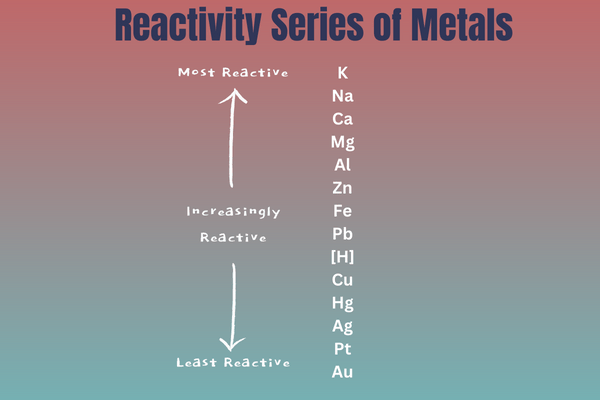The progress of elementary education in India has witnessed both notable achievements and persistent challenges. While significant strides have been made in terms of increasing enrollment and infrastructure development, critical analysis reveals areas that require further attention and improvement.
1. Enrollment and Access:
Strengths:
Increased Enrollment: The implementation of policies such as the Right to Education Act (RTE) has resulted in a substantial increase in enrollment rates, with more children gaining access to elementary education.
Focus on Marginalized Groups: Efforts have been made to improve access to education for marginalized groups, including girls, children from lower castes, and economically disadvantaged backgrounds.
Weaknesses:
Quality vs. Quantity: While enrollment rates have improved, ensuring quality education remains a challenge. Disparities in learning outcomes persist, particularly in rural areas and among marginalized communities.
Out-of-School Children: Despite progress, a significant number of children still remain out of school, mainly due to factors such as poverty, child labor, social norms, and inadequate infrastructure in remote areas.
2. Infrastructure and Resources:
Strengths:
Increased School Infrastructure: Efforts have been made to expand and improve school infrastructure, including the construction of classrooms, provision of basic amenities like toilets, and the availability of teaching aids and learning materials.
Weaknesses:
Unequal Distribution: Disparities exist in the distribution of infrastructure, with urban areas often having better facilities compared to rural and remote regions.
Teacher Shortage and Quality: Many schools continue to face a shortage of qualified and trained teachers. In addition, the quality of teaching remains a concern, impacting student learning outcomes.
3. Learning Outcomes:
Strengths:
Assessments and Monitoring: Standardized assessments like the National Achievement Surveys (NAS) have been introduced to measure learning outcomes and identify areas for improvement.
Remedial Measures: Efforts have been made to implement remedial teaching programs and interventions to address learning gaps and enhance student performance.
Weaknesses:
Learning Levels: Learning outcomes in terms of reading, writing, and basic numeracy skills remain low, particularly in rural areas. Many children are not achieving grade-level competencies.
Rote Learning and Examination Pressure: The emphasis on rote memorization and the examination-centric culture hinder critical thinking, creativity, and practical application of knowledge.
4. Equity and Inclusion:
Strengths:
Inclusive Education: Efforts have been made to promote inclusive education by providing support to children with disabilities and creating inclusive learning environments.
Weaknesses:
Gender Disparities: Despite progress, gender disparities persist, particularly in certain regions and communities, with lower female enrollment and higher dropout rates for girls.
Socio-economic Disparities: Children from economically disadvantaged backgrounds often face barriers to accessing quality education, perpetuating social inequalities.
To enhance the progress of elementary education in India, a multi-pronged approach is required. This includes strengthening teacher training and recruitment, improving the quality of education through innovative teaching methods, addressing socio-economic disparities, and ensuring adequate investment in education infrastructure and resources. Additionally, there should be a greater focus on learning outcomes and the holistic development of children, promoting critical thinking, creativity, and life skills alongside academic knowledge.

Rahul Kumar is a passionate educator, writer, and subject matter expert in the field of education and professional development. As an author on CoursesXpert, Rahul Kumar’s articles cover a wide range of topics, from various courses, educational and career guidance.



